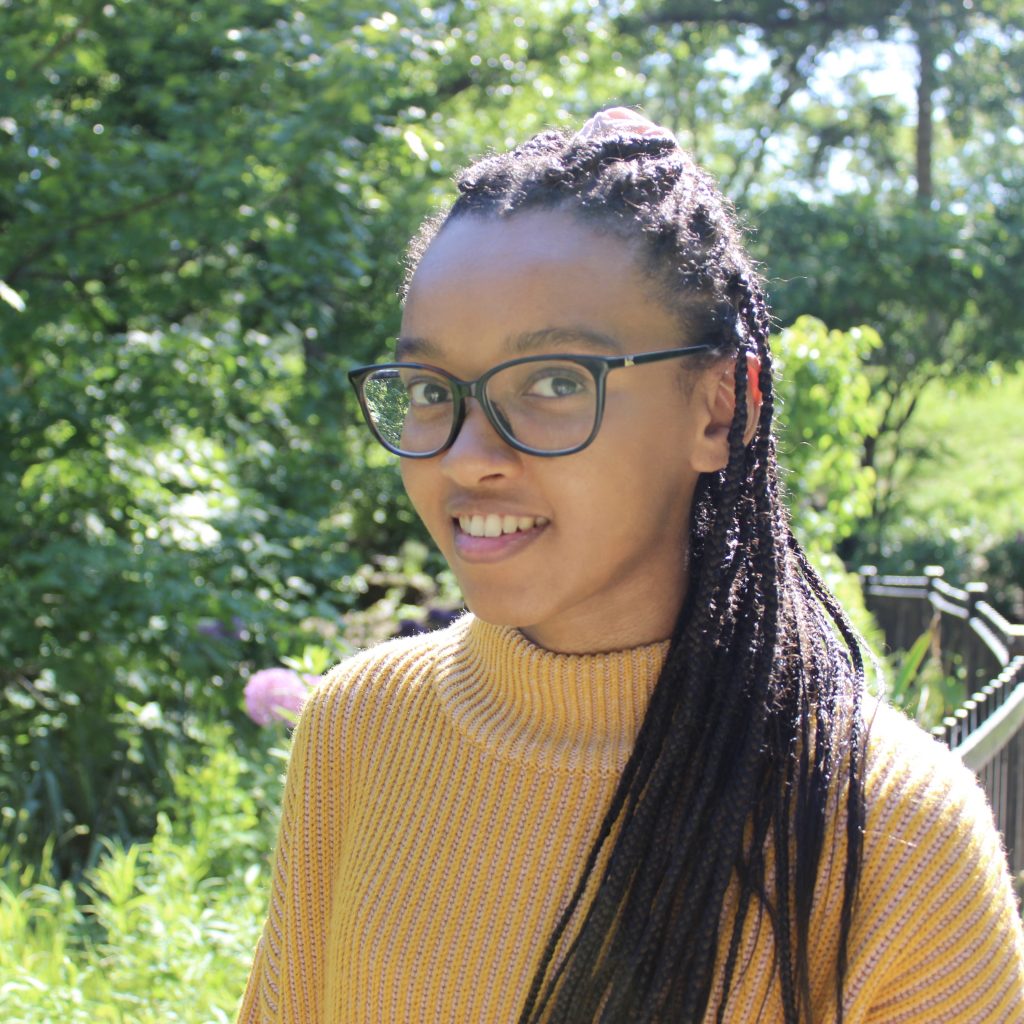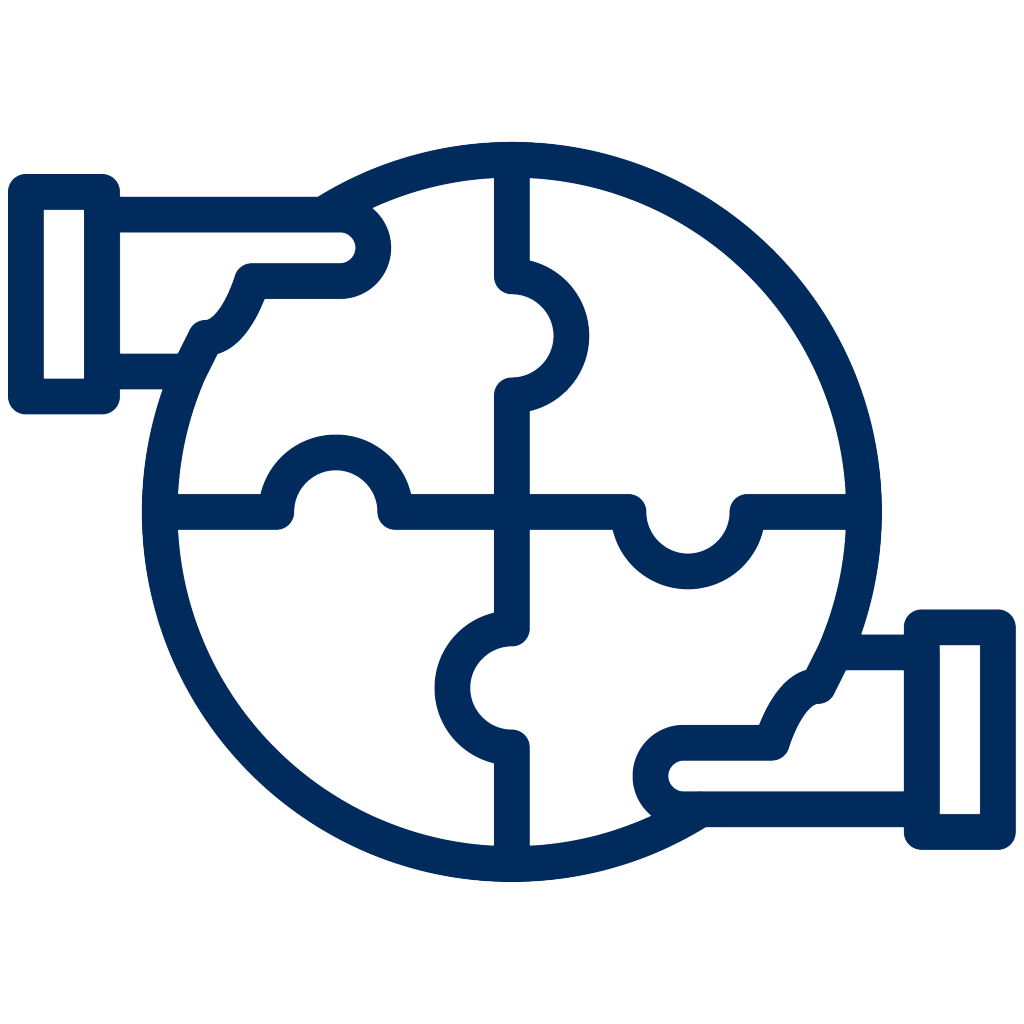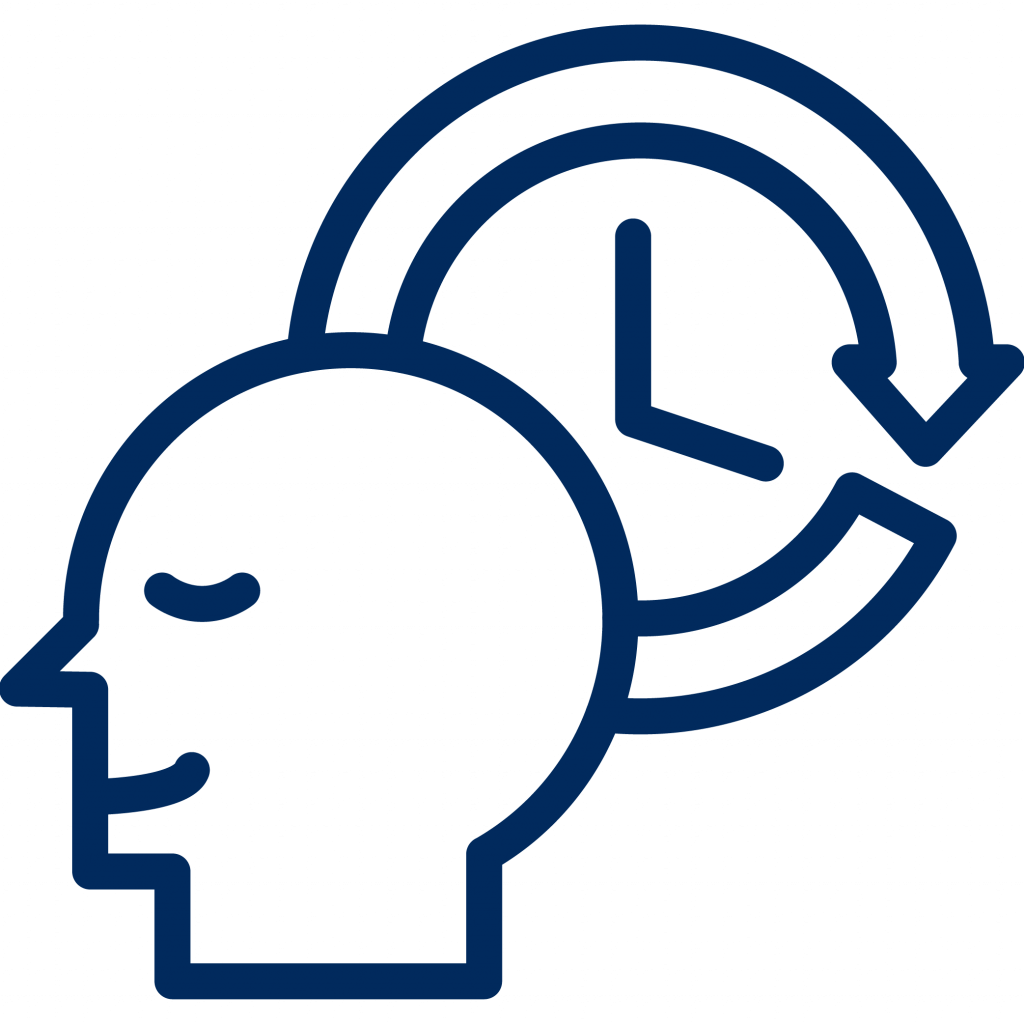By Betelehem Gulilat – Lead Editor & Writer
ZOOM, lockdown and asynchronous. These are some of many words that come to mind for this academic year. It’s also been a year of many firsts. Many more students have been attending classes remotely, campuses have transformed, and the Class of 2020 has celebrated their graduation virtually in their homes within their bubbles.
The uncertainty unearthed many concerns for the future both near and far. Whether its deciding where to study or spend time with friends, or travelling amongst a sea of students, losses have been felt all around. For others, the pandemic might have also felt like an unexpected gift to reflect on what’s important. Perhaps it’s been a mix of everything, too! We have seen these realities in our work, both through research projects and in our own teams. Reflection on what we have accomplished this last year not only helped us learn from our experiences, but it also reaffirmed why holding space for meaningful work is so important.





